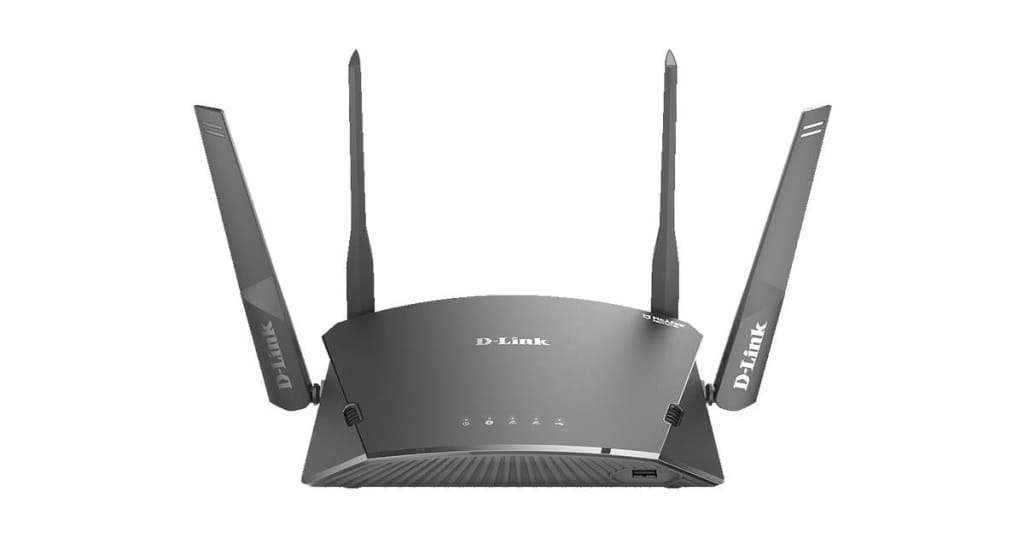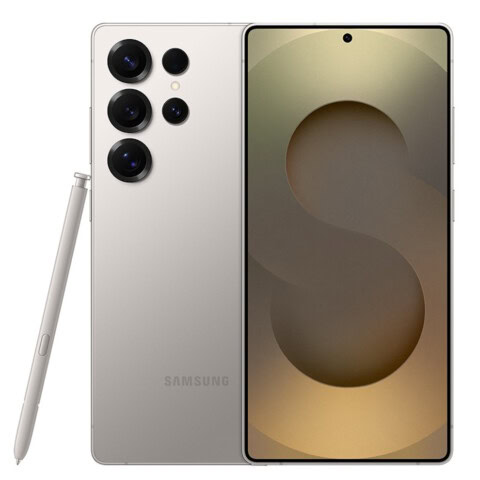Lotoo PAW-S1 Headphone Amplifier/DAC REVIEW
Summary
Lotoo PAW-S1 Headphone Amplifier/DAC REVIEW
ASHLEY KRAMER gives this surprising headphone amp and DAC Witchdoctor’s highest accolade for thoroughly sprucing up and clarifying the music.
$329
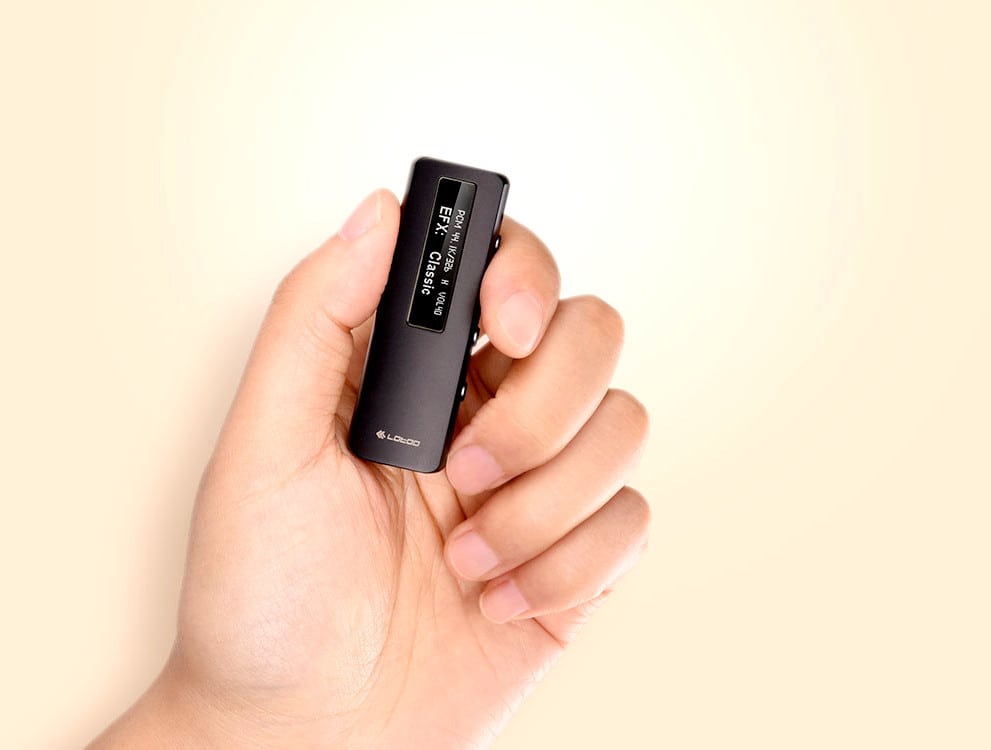
 There’s a tendency for hi-fi reviewers to assume that every reader is on their wavelength. We imagine that everyone knows the basics and that we can concentrate on unravelling the esoteric details that make hi-fidelity products so attractive to us. Which, of course, makes sense on a website dedicated to hi-fi.
There’s a tendency for hi-fi reviewers to assume that every reader is on their wavelength. We imagine that everyone knows the basics and that we can concentrate on unravelling the esoteric details that make hi-fidelity products so attractive to us. Which, of course, makes sense on a website dedicated to hi-fi.
But these days, Witchdoctor covers a wide range of topics from music to politics to beer. Not everyone is here to read about amplifiers and speakers, or to be up to speed on hip audiophile trends. For example, some readers are going to have no idea whatsoever why anyone would want to add an external audio device to their phone or computer.
Let’s unpack that concept. Take the generic white earphones that used to come with every iPhone. They really do sound quite good. Most people would be (and are) entirely happy with them. It’s only when you get the chance to compare those earphones to even a semi-decent set of aftermarket earphones or headphones that you realise there’s a huge difference between ‘quite good’ and ‘great’.
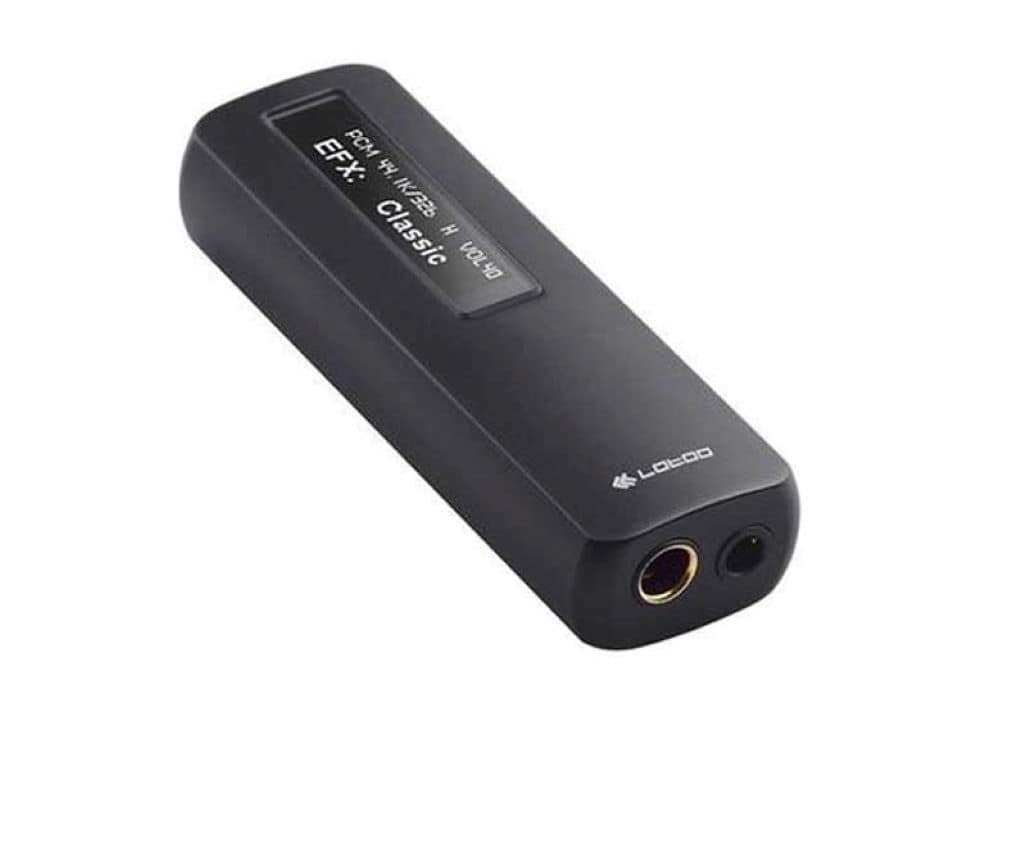
The same is true with most types of audio equipment. I listen to a lot of music using a Bose Soundlink Color Bluetooth speaker. I’ve owned it for six years, and it sounds pretty good for what it is. Compared to the Technics OTTAVA f SC-C70MK2 All-In-One Music System reviewed here, well, there’s no comparison. The Bose plays music, while the Technics makes music sound fabulous, as it should considering the huge price differential. Then again, compare the rather excellent Technics to my own overly complicated hi-fi system, and they’re not in the same ballpark. Not even in the same league.
Would you like to support our mission to bring intelligence, insight and great writing to entertainment journalism? Help to pay for the coffee that keeps our brains working and fingers typing just for you. Witchdoctor, entertainment for grownups. Your one-off (or monthly) $5 or $10 donation will support Witchdoctor.co.nz. and help us keep producing quality content. It’s really easy to donate, just click the ‘Become a supporter’ button below.
Which brings us to Lotoo’s PAW-S1 headphone amplifier and Digital to Analogue converter. Why would anyone take a $329 device, place it between their computer or phone, with a decent set of earphones or headphones on the end? That’s simple! Because it sounds so much better than the phone and the standard earphones.
Instead of relying on the amplification and digital conversion circuitry in the phone or computer, the little S1 takes over those tasks using purpose-built, carefully engineered, high-quality components. As we’ll see, the results are well worth the effort.
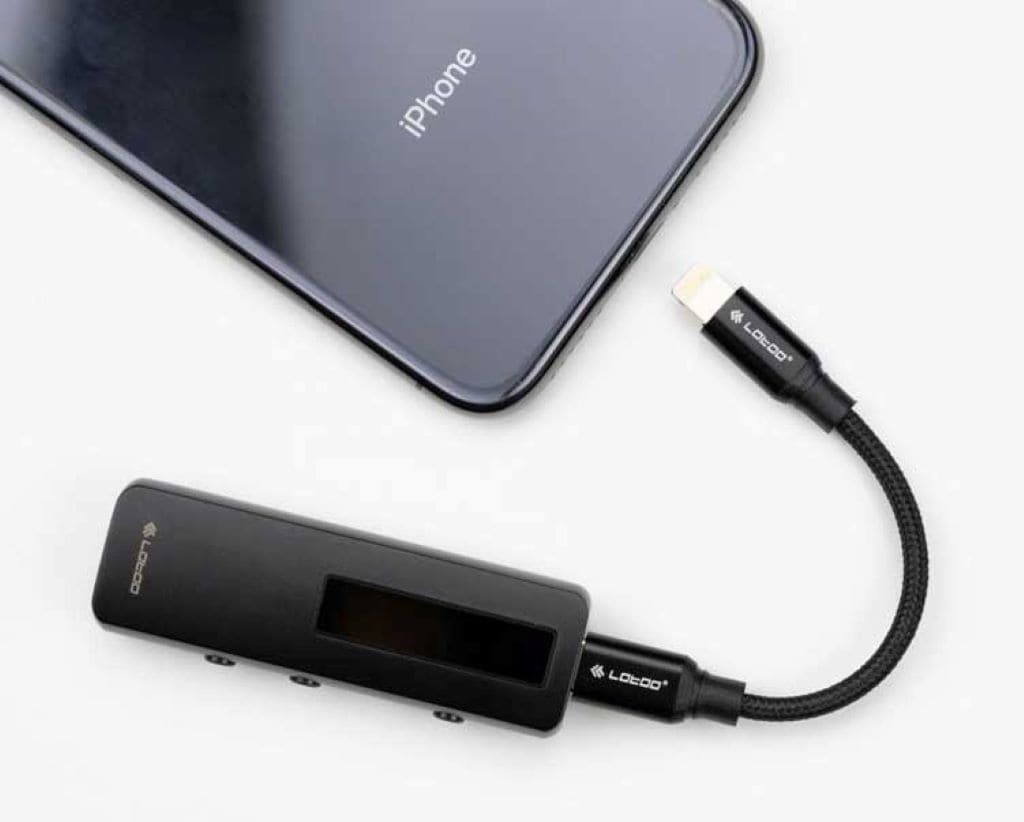
Build and construction
The S1 is well built, to say the least. The phrase ‘carved from solid’ comes to mind – it’s as if someone took a solid chunk of aluminium and milled it into a smooth ingot. It’s not a heavyweight unit by any means; that’d be tough to pull off given the size, but it’s impressively flex-free in its construction. Combine that with the tiny form factor, and it seems perfectly suited to a demanding portable life.
For such a compact unit, the S1 packs some interesting features. It’s got a standalone headphone amplifier designed to offer high enough power to drive more demanding ‘phones. It offers a standard 3.5mm output that’ll work with the vast majority of ‘phones on the market, plus there’s a 4.4mm balanced output catering to more advanced models aimed at serious head-fi enthusiasts.
There’s an AKM4377 Digital To Analogue Converter (DAC) that can handle music files up to 32-Bit/384kHz and DSD files up to DSD128. All that is backed up by a high-quality digital clocking system inherited from the company’s more upmarket products. Basically, the S1 will handle anything from the lowest of lo-res MP3s to the highest of high-quality, better than CD audio files.
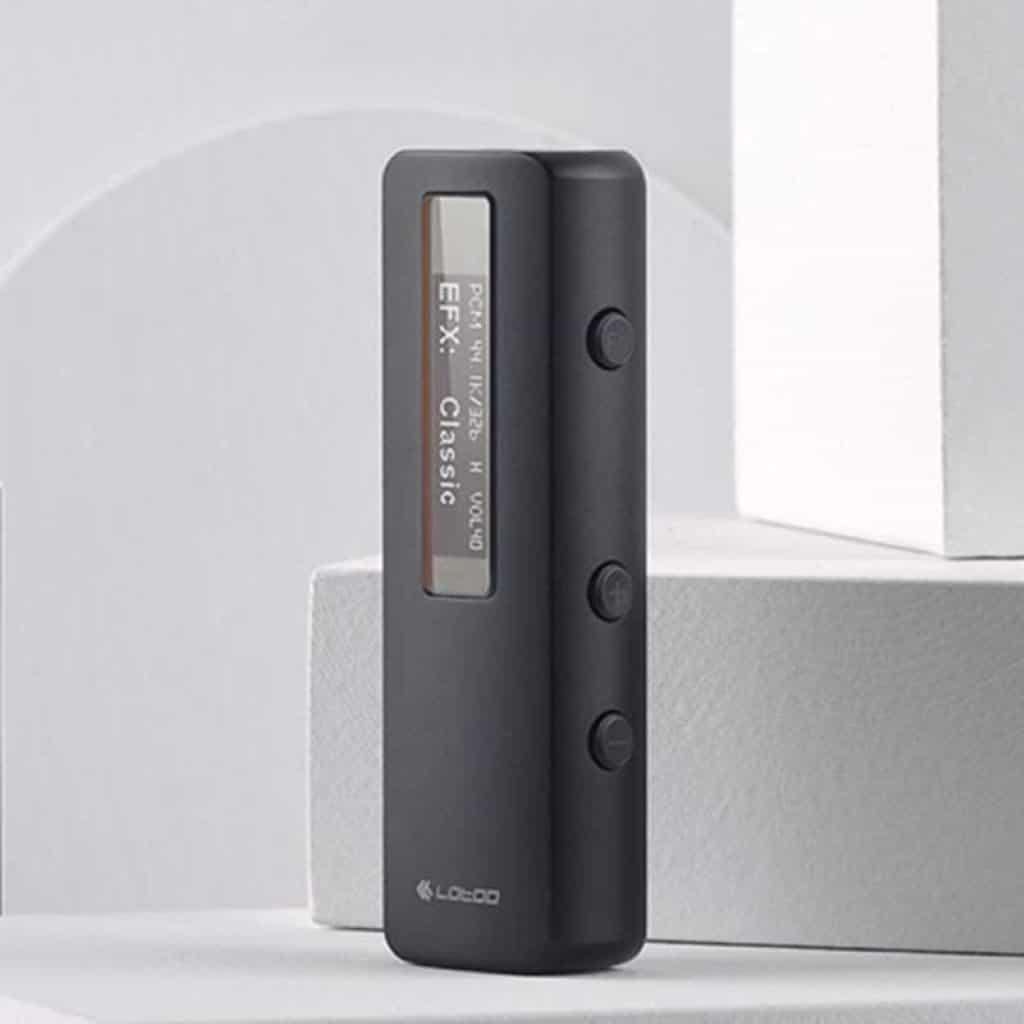
There’s a digital display, options for high and low gain to suit a wide range of headphones and IEMs (in-ear monitors), along with a bunch of advanced audio EQ presets that use high-quality filtering to adjust the sound. And to top it all off, the S1 will work with PCs, Macs, Android and iOS smartphones, and even game consoles. It’s even been designed for low power consumption, so it’s not sucking dry the battery on a smartphone too quickly, thus prematurely ruining the fun.
Volume controls and the other functions are accessed via three buttons on the side of the unit. Connectivity is via USB-C, and a short USB-C to USB-C cable is supplied, along with an adapter to standard USB.
Listening
Starting the review process, but feeling lazy on a late afternoon after a long day of video editing, I reached for the set of in-ear monitors that were closest to hand. My Sony XBA-4 quad-driver IEMs are getting a bit long in the tooth since they were reviewed back in May 2012, but they still sound as good as they ever did. The S1 was connected to my Lenovo gaming laptop, which picked it up and configured it correctly the first time.
To get an initial feel for the S1, I went with the lo-fi option of a 320kbps Spotify stream of ‘Shark Smile’ from Big Thief’s Capacity album. This is a song I keep returning to. Between Adrianne Lenker’s delicious vocals and that punchy, addictive bass and drum sound, there’s a lot to like.
Within seconds, it occurred to me that the Sonys sounded fantastic. These IEMs are nothing if not accurate and big on detail, but that also means they don’t sound as abundant down on the bottom end as some IEMs. But with the little S1 in the driving seat, man, it sounded like the two balanced armature drivers that deal with the lower frequencies had been given a new lease on life. I listened to this track once, then again. Yes, it was that good.
Running a direct comparison between several amplifiers showed just how much of a difference quality makes. With the XBA-4s plugged straight into the 3.5mm minijack on the laptop, the result wasn’t great. It wasn’t even adequate – an exceptional pair of in-ear monitors plugged into a few cents-worth of amplification circuitry. The bass frequencies sounded thin and anaemic, with none of the richness, weight, and overall punch I’m used to from this track. The vocals were nothing short of cheap and nasty, and the guitar that kicks in at 1:35 into the song was just plain unpleasant! Back to the S1 before I lost the will to live.
Next up was ‘Pain’ from A Deeper Understanding by The War On Drugs, a song I first heard when Tex Houston played it on his lovely Tex Tone speakers. The song is a recent favourite of mine, but I wouldn’t call it an audiophile recording. It’s just thoroughly enjoyable music. Through the S1, it was excellent. The drums and bass moved forward instead of sounding recessed, with both more weight and detail now on hand. The sensation was eerie as if I could hear more of the elements previously concealed in the recording.
Putting my much used and much loved Fiio Q1 MkII USB DAC/Amp into the loop made for an interesting comparison. The S1 offers a bigger, warmer sound than the Fiio but there’s not much in it, even with the Fiio’s bass boost circuit operational. The Q1 MkII is slightly more neutral in character, but the S1 delivers more of an in-depth view into the recording, allowing the listener to hear more of the individual ingredients such as the strumming of the bass or the guitar. Essentially, the S1 removes a thin layer of murk that the listener won’t even be aware of unless they get to compare the two units back to back. Bear in mind that the Fii0 is a $159 product, while the S1 at $329 is close to twice the price.
Another easy showcase of the PAW’s skill-set is to grab a set of good headphones, say the original Sennheiser Momentum model (reviewed here). They sound quite lovely, they’re easy to drive and look terrific – which is why they received a perfect rating back in the day.
Plug them into the headphone jack of a laptop, play something nicely recorded, and they make it sound pretty good. Where the Sony XBA-4s are forensic enough to reveal every inadequacy of the signal and amplification chain, the Momentums still allow for somewhat enjoyable listening. Take Nils Lofgren’s ‘No Mercy’ from the Acoustic Live album. On the Momentums, there’s a wealth of detail from the multiple guitars and the vocals. The sound of the live environment is apparent, and there’s enough overall weight and warmth. All is well with the world. Until you swap to the S1 that is, and all of a sudden, you realise just how much is missing.
The sound straight from the laptop isn’t full enough, almost as if there’s something not quite right in the lower midrange. The S1 fleshes it all out, making the sound more lifelike, as if humans were involved in the process of making the music instead of some electronic circuits. And the detail levels once again, go way up, allowing the listener to hear more of the recording, right down to the character of individual drums or the harmonies and decay of specific notes. The treble is particularly sweet and smooth, adding in a noticeable level of refinement and pushing the sound quality even further towards what would once have been considered high-end territory.
That’s not something unique to the S1. Just about any USB DAC/amp will increase the pleasure of listening to music on a computer or phone. But the S1 does it so well. Its sound is big, organic, and smooth with the perfect amount of richness. The Sennheisers are warmly balanced, not excessively so but it’s there. Listening to the Momentums with the S1 reminded me of nothing less than an excellent valve amplifier playing back through a pair of superbly matched speakers. I tried the EQ settings but found that I preferred the S1 in the standard mode because the sound quality was just so natural and open.
Lacking a pair of balanced ‘phones to take the S1 to the next level (this situation is soon to be resolved), I dragged out my venerable Sennheiser HD650 headphones. These still sound wonderful to me, so much so that I bought a set of the recent Massdrop HD6XX re-issue while I was in the USA. Best of all, in this scenario, the HD650’s have a well-deserved reputation for being difficult to drive, not impossible but certainly challenging.
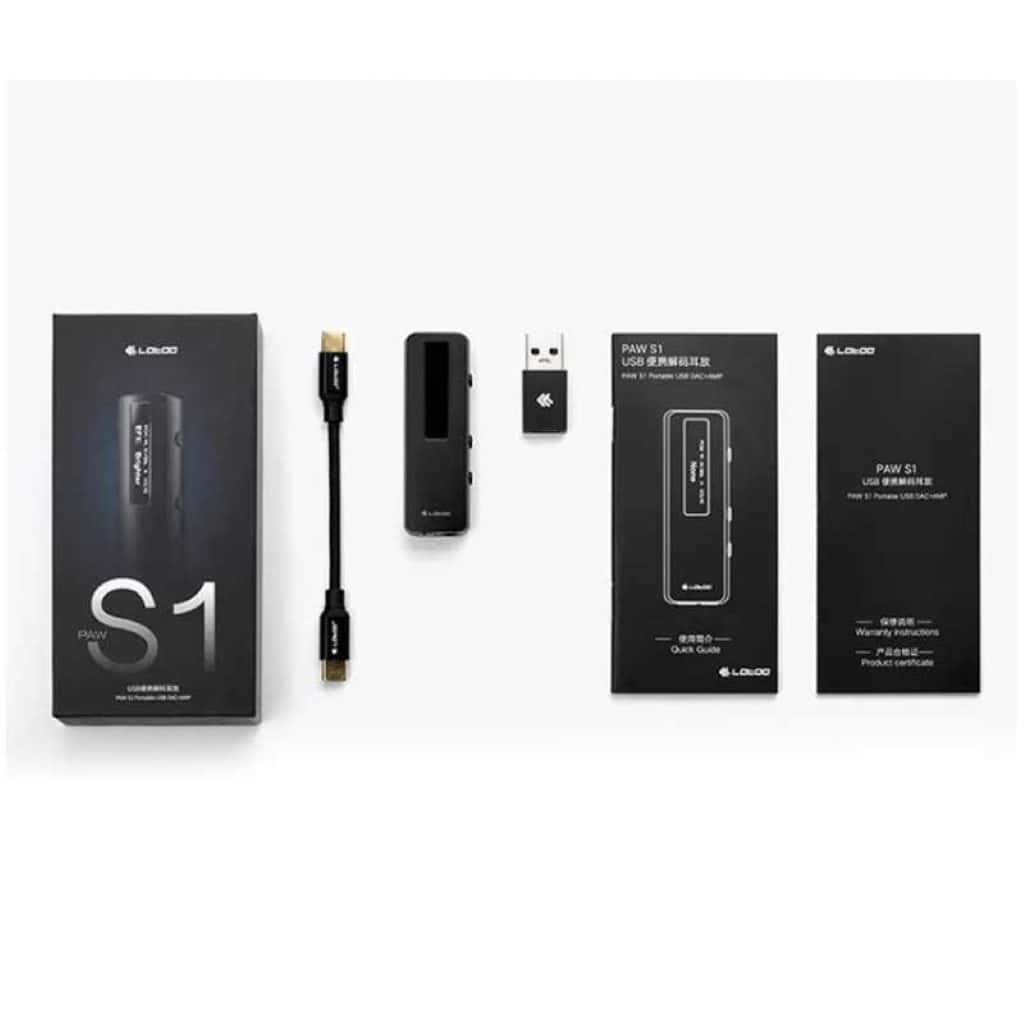
You can plug them into a smartphone, and they’ll still make music but they won’t sound quite right, and won’t be at anything close to their full potential. I’ve tried running them from the Fiio Q1 MkII in the past, and while the results are much better than directly from a phone, I ended up owning a Schiit Magni 3 headphone amplifier in the States. The Magni is impressive for a budget headamp, and is capable of pushing 410mW into a 300 Ohm load, which is exactly what the 650’s need to sound their best.
The S1’s specs indicate it can output 70mW into 32Ohms. As a comparison, the Q1 MkII is good for 75mW into the same load, while the mighty Schiit is pushing out a full 2 W of power at that point. So the Magni drives the HD650’s like a locomotive, the Q1 MkII was a little bit flat, needing 90 percent of volume at high gain to sound respectable at high levels. With marginally less power than the Fiio, the S1 should, in theory, sound about the same or worse.
Not so! Specifications on a website don’t always translate into the real world. The S1 needed around 80 to 90 percent of its maximum volume at high gain, but when it was up there, the HD650’s sounded bigger and bolder than anticipated. The pounding bass line that kicks in at about 40 seconds into Yello’s ‘Oh Yeah” from the 2005 remaster of Stella had an impressive amount of bass, which stayed tight and well-controlled. The vocals benefited from excellent resolution and a noise floor so low, it might as well be considered nonexistent. All in all, it would have been hard to ask for more considering the S1’s size and design considerations.
Admittedly, this is something of an academic exercise because you don’t buy a tiny, portable unit like the S1 to drive a set of high-impedance headphones. But it’s a testimonial to the product’s design and engineering that it does so well in a situation that should be out of its depth. Whatever the Lotoo engineers have done to assure that the power stages in this device are up to scratch has been done well.
Conclusion
I didn’t get the chance to test the S1 on my iPhone because of compatibility issues with the Lightning to USB-C cable I had on hand (along with simply running into deadlines). Nor did I get the chance to plug a set of balanced ‘phones into it. But I did spend a lot of hours listening to the S1 with a variety of in-ear monitors and headphones, playing a range of music including lots of CD-quality and high-resolution files. I liked what I heard all through the process.
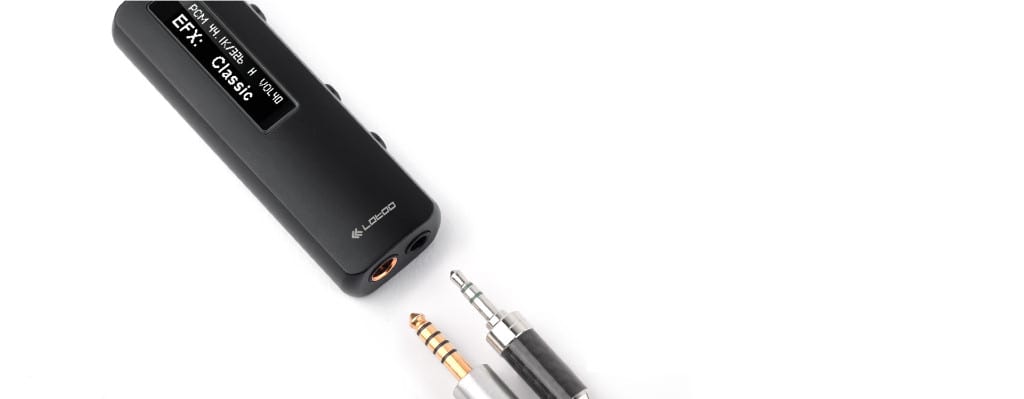
The overall character of the S1 leans towards neutral with some warmth – just a touch, but not enough to become problematic. It offers excellent dynamics and superb levels of detail and insight into the recording – the kind that would please even the most fervent audiophile. It does this without adding too much of its own character and remains smooth at all times, never descending into brightness or harshness.
To round things off, it’s well-built, feature-packed, incredibly portable, and comes without the eye-watering price tag expected for this level of performance. In short, you’ll hear more of your music, and you’ll enjoy it more when you use this device, especially if you add in some high-end, well-matched headphones or IEMs. It’s a great little product! I’d be lying if I said that I wasn’t considering getting one for myself.







